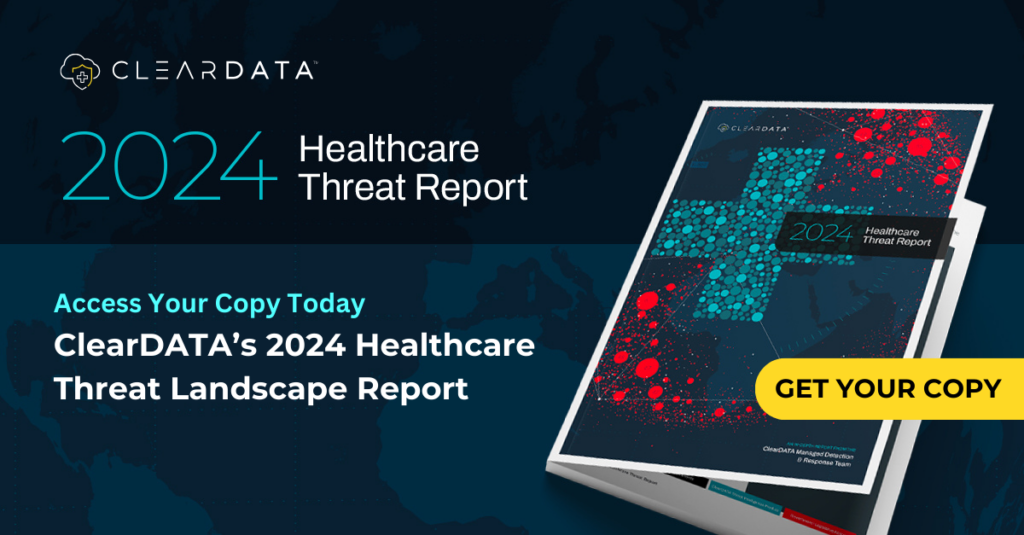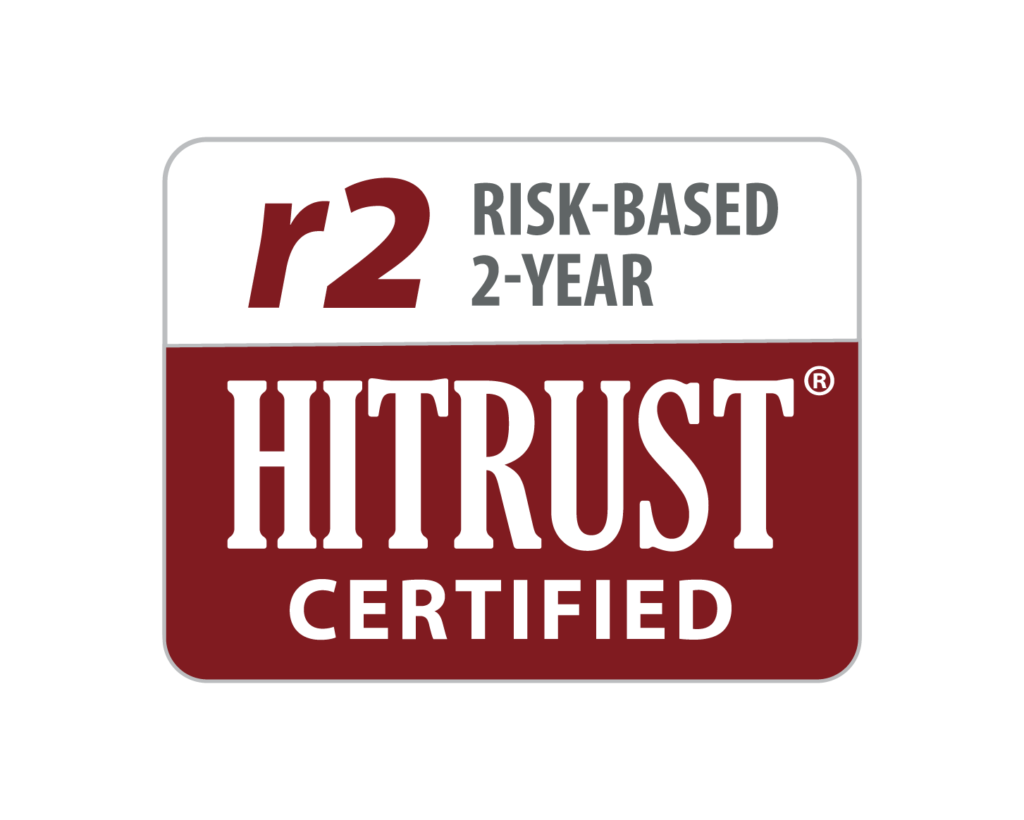HIPAA and the Cloud: The life sciences industry’s new market advantage
The winds of change pushing America’s healthcare profession into a new value-based era are impacting the life sciences industry with similar challenges and opportunities.
Drug development cost is dramatically increasing and will continue as payers and employer groups demand greater proof of benefits and use their purchasing power to lower costs. These new demands spur collaborative projects among life sciences companies looking to increase operational efficiency (such as TransCelerate Biopharma) and meet the new burden of proof that value-based offerings require. Massive data sets result and will continue to grow. Life science companies are hungry for deep data to drive decisions on what to invest in for their drug pipelines, diagnostics and devices.
HIPAA and PHI
In order to enrich these massive data sets patient records and profiles are needed. Life sciences companies are quickly becoming confronted with Protected Health Information (PHI) covered by the Health Insurance Portability and Accountability Act (HIPAA) Security Rule. Dealing with volumes of PHI is uncharted territory for an industry used to dealing primarily with the FDA. Who and what does the HIPAA rule protect? Which federal agency enforces it?
The quick answers are that the HIPAA Security Rule is meant to protect patient privacy and is enforced by the Office of Civil Rights, a division under the federal department of Health and Human Services. But as is often the case with federal regulations, HIPAA compliance can be complex rather than simple. Life sciences companies will encounter many scenarios where HIPAA regulations potentially come into play, including the aforementioned demonstrations of drug benefits and ROI to buyer groups.
With more patient data under their jurisdiction, life sciences companies will need to consider a number of key questions: how will patient consent be captured and recorded? What are the terms the patients have given to use the data? And how should data that is no longer needed be removed and by whom?
Need for Nimble Responsiveness
It is imperative that companies resolve these issues quickly or they will become mired in questions while the competition blazes ahead. And since companies that can demonstrate patient outcomes will hold a distinct competitive strength, they must know how to comply with the HIPAA rule-or better yet, find a partner that can navigate and help them achieve this compliance.
As it happens, another market force is driving ease in securing, storing and analyzing the data needed for collaborative research projects-the switch to highly scalable cloud technologies and services. While these are broad in scope, the upshot is that a top tier vendor can help life sciences companies actually exceed HIPAA compliance, rather than just meet it.
Extending the cloud’s reach. Once a company is assured that data is protected and that data safeguards are HIPAA-compliant, it can look to broaden the cloud’s impact in three distinct areas.
Research and development. Cloud platforms provide unique opportunities to generate insights into consumer needs. Analytics engines allow life sciences companies to sort through various types of data to determine key drivers of patient behaviors. Meanwhile, EMRs have the particularly promising potential to help identify and recruit study participants; a timely development as inclusion and exclusion criteria becomes more restrictive based on biomarkers that can be found in real patient data. Through the cloud, the cost can be reduced and contained over the long term. Your people spend time on understanding and using the data to drive decisions not managing, securing, and worrying about where it is.
Clinical trials. A trusted cloud vendor is a valuable partner for aggregating the clinical trial data generated among different entities such as research organizations, academic institutions and teaching hospitals. The compliance is centrally managed and the data is unquestionably secure within one entity, not many.
Consumer engagement. By better understanding consumer segments and their needs, life sciences companies can develop more meaningful and targeted ways to engage consumers with innovative and relevant health solutions. Without the consent, compliance, and security, consumer engagement in healthcare will remain elusive.
The life sciences industry has never had access to more potentially life-changing and industry-changing data than it does today. By working with a healthcare-dedicated cloud partner, healthcare organizations can glean real answers from this data-now strongly secured and HIPAA compliant-to drive discovery and innovation.
About the Authors
Scott Whyte, Advisor and Former Chief Strategy Officer at ClearDATA. Brent Gendleman, CEO of 5 AM Solutions


